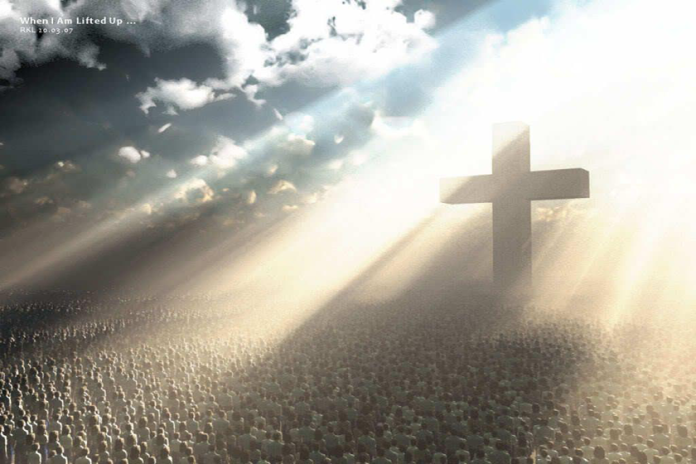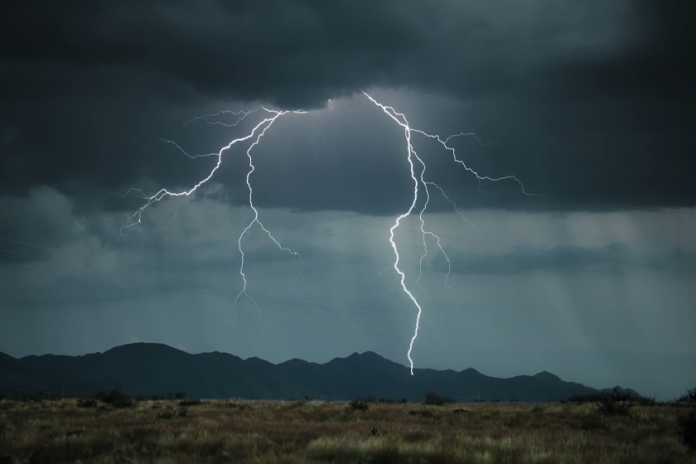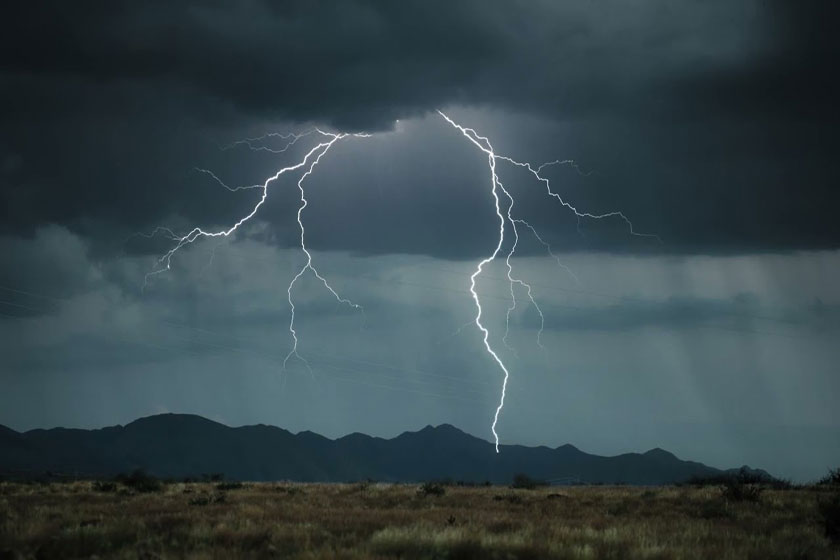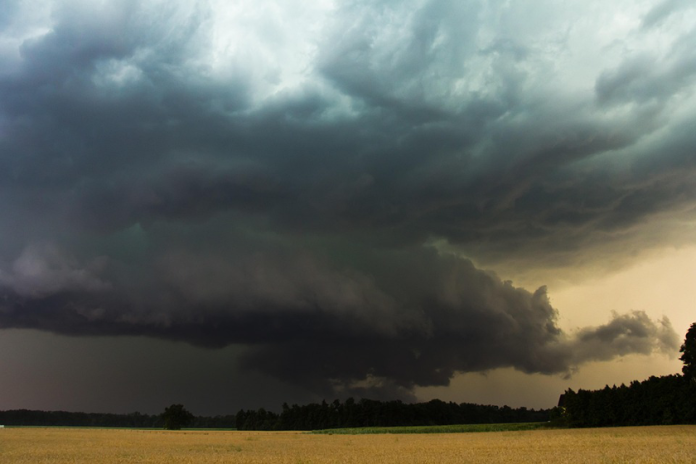These Bavarian Cream Donuts are a delightful treat, filled with a smooth, rich Bavarian cream that makes them incredibly indulgent. I can never resist biting into one, with the sweet cream oozing out. If you’re craving something light yet decadent, these are the donuts you need in your life.
Ingredients:
For the Donut Dough:
2 ¼ tsp (1 packet) active dry yeast
½ cup warm milk (110°F/45°C)
3 cups all-purpose flour
¼ cup granulated sugar
½ tsp salt
2 large eggs
1 tsp vanilla extract
6 tbsp unsalted butter, softened
Vegetable oil (for frying)
For the Bavarian Cream Filling:
2 cups whole milk
½ cup granulated sugar, divided
4 large egg yolks
¼ cup cornstarch
1 tbsp unsalted butter
1 tsp vanilla extract
1 cup heavy cream, whipped to soft peaks
For the Sugar Coating:
½ cup granulated sugar (or powdered sugar for dusting)
Directions:
Activate Yeast:
In a small bowl, combine warm milk and yeast. Let sit for 5-10 minutes until foamy.
Make Dough:
In a large mixing bowl, whisk together flour, sugar, and salt. Add yeast mixture, eggs, vanilla, and softened butter. Mix until a soft dough forms. Knead for 8-10 minutes (by hand or with a stand mixer) until smooth and elastic.
First Rise:
Place dough in a greased bowl, cover with a clean towel, and let rise in a warm place for 1-1.5 hours, or until doubled in size.
Prepare Bavarian Cream:
Heat milk and ¼ cup sugar in a saucepan over medium heat until steaming (do not boil).
In a bowl, whisk egg yolks, remaining ¼ cup sugar, and cornstarch until smooth.
Slowly pour hot milk into the yolk mixture, whisking constantly.
Return mixture to the saucepan and cook over medium heat, stirring, until thickened (about 2-3 minutes).
Remove from heat, stir in butter and vanilla. Transfer to a bowl, cover with plastic wrap (touching the surface), and chill for 2 hours.
Once chilled, fold in whipped heavy cream to make the Bavarian cream. Keep refrigerated.
Shape Donuts:
Punch down the risen dough and roll it out to ½-inch thickness on a floured surface. Cut into 3-inch rounds using a donut cutter or round cutter. Place on a parchment-lined baking sheet, cover, and let rise for 30-45 minutes.
Fry Donuts:
Heat 2-3 inches of vegetable oil in a deep pot to 350°F (175°C). Fry donuts in batches, 1-2 minutes per side, until golden brown. Drain on paper towels.
Coat Donuts:
While warm, roll donuts in granulated sugar or dust with powdered sugar.
Fill Donuts:
Once cooled, use a piping bag fitted with a small round tip to inject Bavarian cream into the side of each donut. Fill until the donut feels slightly heavy.
Serve:
Enjoy immediately or store in an airtight container in the fridge for up to 1 day.






Montana reaches six months of unemployment below 3%
— by Micah Drew, Daily Montanan
April 22, 2025
With an unemployment rate of 2.7% in March, down from 2.8% last month, Montana has now seen six straight months of rates under 3%.
The governor’s office and Department of Labor and Industry continue to praise the low seasonally adjusted unemployment rate, the third stint below 3% since the Federal Reserve began measuring the rate in the 1970s.
Coming out of the COVID-19 pandemic, Montana saw an unemployment rate below 3% for two full years from October 2021 to October 2023.
It ticked up slightly from then to 3.1% in December of that year, before slowly ticking down. March marked the 45th consecutive month of unemployment at or below 3.4%.
“For six months, Montana’s unemployment rate has remained below 3%, with nearly two job openings for every unemployed worker,” Gov. Greg Gianforte said in a press release. “Through our efforts to lower taxes and remove red tape, we’ve have created an environment that empowers entrepreneurs and businesses to invest and create good-paying jobs for Montanans across our state.”
The unemployment was 1.5% lower than the national rate, which came in at 4.2% in March. The state’s unadjusted unemployment rate of 3.0% ranks 5th in the U.S.
The state said the labor force in Montana decreased by 572 workers last month. Data shows the state has added 1,500 payroll jobs over the last month.
Forty-four of the state’s counties currently have unemployment rates below 4%, and 19 of them have seen net job gains over the last year year, according to data from the Department of Labor and Industry.
Gallatin County has seen the largest drop in employment over the last year with 348 fewer people employed this year compared to last. Missoula county, however, has seen the most growth with 860 additional people becoming employed.
Unemployment rates remain higher on the state’s seven Native American reservations – ranging from a non-seasonally adjusted rate of 4.7% on the Flathead Indian Reservation up to 13.1% on Rocky Boy’s reservation. All seven reservations have seen net job decreases in the last year.
sourced —
Daily Montanan is part of States Newsroom, a nonprofit news network supported by grants and a coalition of donors as a 501c(3) public charity. Daily Montanan maintains editorial independence. Contact Editor Darrell Ehrlick for questions: info@dailymontanan.com.